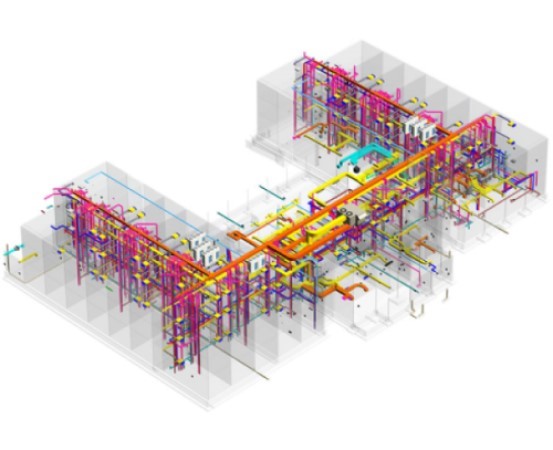

Overview of Clash Detection
Understanding Clash Coordination
Clash detection is a critical process in the realm of construction and project management. It involves identifying conflicts where different components of a project interfere with each other, especially in complex 3D models. By simulating how these components interact in a digital environment, teams can pinpoint potential issues before they arise on-site. This preemptive approach not only saves time and resources but also enhances overall project quality. Imagine the chaos of discovering that plumbing systems are routed through electrical conduits. Avoiding such situations through effective clash detection is vital.
Significance of Clash Coordination in Projects
Clash coordination plays a pivotal role in ensuring project success. Here’s why it matters:
- Prevents Rework: Identifying issues early reduces the need for costly changes.
- Enhances Collaboration: It fosters teamwork among diverse stakeholders.
- Improves Scheduling: A well-coordinated project timeline minimizes delays.
- Boosts Safety: Proactive clash resolution enhances worker safety.
Overall, effective clash coordination not only streamlines processes but also contributes significantly to project efficiency and success.
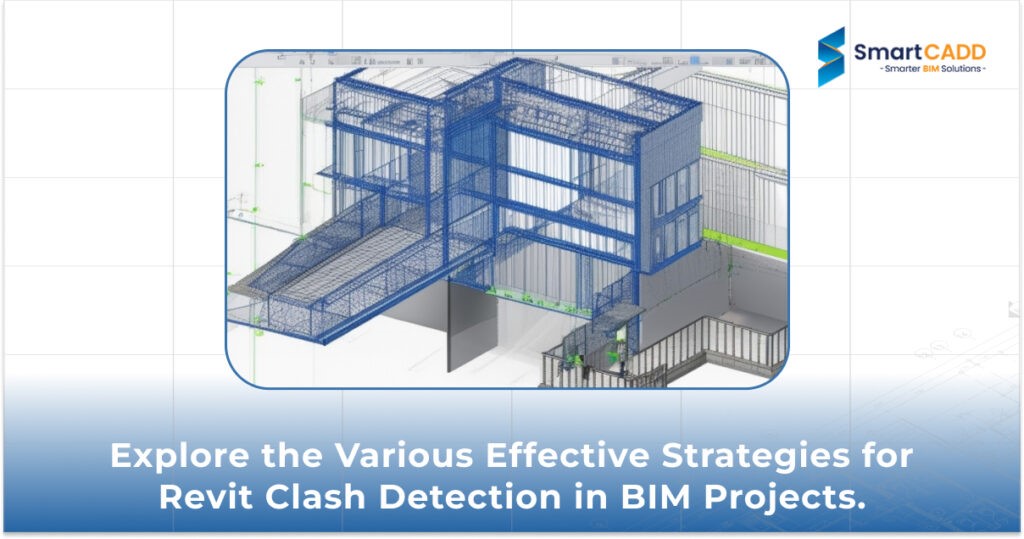

Basics of 3D Clash Coordination
Introduction to 3D Modeling
3D modeling has revolutionized the way projects are visualized and executed. By creating digital representations of structures, designers can merge architectural, structural, and engineering elements seamlessly. This technology enables teams to visualize a project from various angles and dimensions, leading to more informed decision-making. For instance, using a 3D model, an architect might spot that a support beam conflicts with a planned HVAC duct. Such insights are invaluable, as they allow adjustments before construction begins, saving time and costs.
Clash Detection Process in 3D Models
The clash detection process is fundamental in 3D modeling and involves several steps:
- Model Integration: Merging different models into a single file.
- Clash Analysis: Running automated checks to identify any interferences.
- Report Generation: Documenting detected clashes for review.
By incorporating this process, teams can ensure that potential issues are addressed proactively, leading to smoother project execution and enhanced team collaboration.
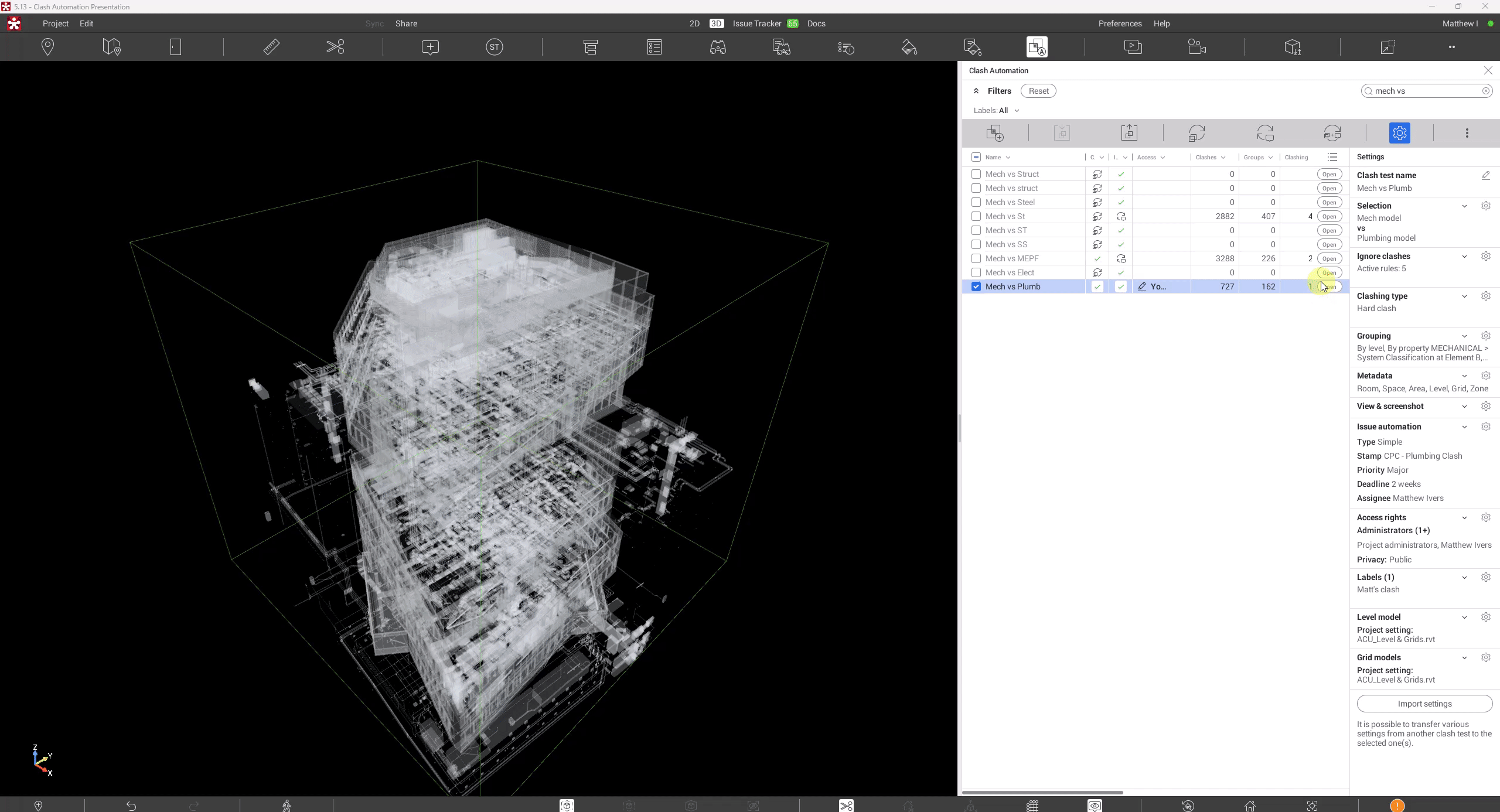
Source: revizto.com
Advanced Techniques for 3D Clash Coordination
Utilizing Clash Reports and Analysis Tools
Once clash detection has been completed, generating detailed clash reports is essential. These reports summarize the identified conflicts, helping teams prioritize which clashes need immediate attention. Utilizing analysis tools enhances this process by enabling teams to visualize conflicts in a more interactive manner. For example, software like Navisworks allows users to navigate through 3D models while highlighting clash locations. This hands-on approach makes discussions during meetings more productive and targeted.
- Key Features of Analysis Tools:
- Automated clash detection.
- Visual representation of clashes.
- Real-time collaboration features.
Implementing Clash Avoidance Strategies
To further enhance project efficiency, it’s crucial to adopt clash avoidance strategies. These can include:
- Design Optimization: Encourage designers to collaborate early in the process, minimizing potential conflicts.
- Regular Workshops: Organize sessions where both architects and engineers can brainstorm and resolve design challenges together.
By proactively implementing these strategies, teams can reduce conflicts significantly, keeping projects on track and within budget.
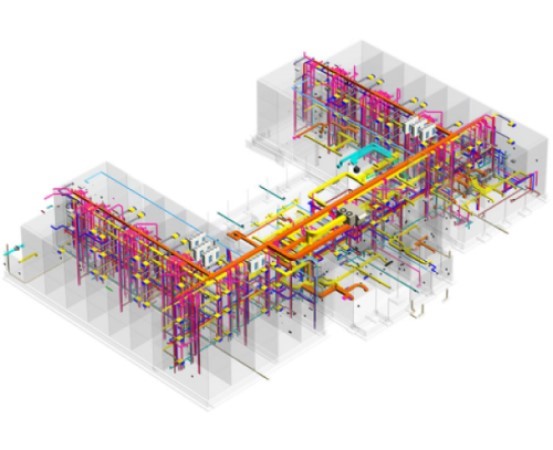

Automation and Integration in Clash Coordination
Role of BIM (Building Information Modeling) in Clash Coordination
Building Information Modeling (BIM) is a game-changer in the realm of clash coordination. It goes beyond traditional 2D drawings by integrating all project data into a cohesive 3D model. This holistic view allows stakeholders to visualize not only structural elements but also HVAC systems, plumbing, and electrical components in tandem. For instance, integrating a BIM model enables teams to instantly see how changes in one area affect others, providing a dynamic revision process.
- Benefits of BIM in Clash Coordination:
- Enhanced visualization of complex systems.
- Improved collaboration among various disciplines.
- Early identification and resolution of potential clashes.
Leveraging Software Solutions for Automated Clash Detection
Automation through software solutions accelerates the clash detection process significantly. Tools such as Autodesk Navisworks and Solibri can automatically scan for conflicts within large datasets, saving countless hours of manual checks.
- Key Features of Automated Solutions:
- Real-time clash analysis.
- Interactive dashboards for status tracking.
- Customized reporting options.
By leveraging these advanced technologies, teams can maintain a proactive stance in identifying and addressing clashes, ensuring smoother project workflows.
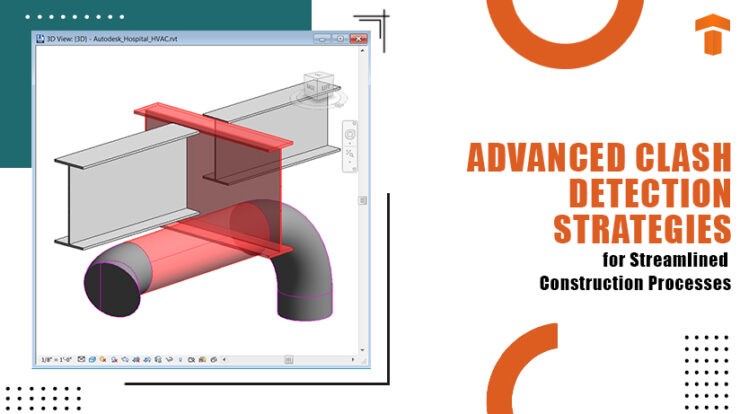

Collaborative Approaches for Effective Clash Resolution
Importance of Cross-Functional Team Collaboration
Effective clash resolution thrives on cross-functional team collaboration. When architects, engineers, and contractors work together seamlessly, it creates a robust environment for problem-solving. Each professional brings their unique expertise, allowing the team to view issues from multiple perspectives. For example, a collaborative approach during the design phase can prevent potential clashes down the road. Regular communication ensures that everyone is on the same page, drastically reducing misunderstandings.
- Benefits of Collaboration:
- Faster identification of clashes.
- Enhanced innovation through diverse viewpoints.
- Stronger team relationships and trust.
Coordinating Clash Resolution Meetings
Scheduling regular clash resolution meetings is crucial for maintaining momentum. These meetings should focus on reviewing clash reports, discussing strategies, and making necessary adjustments.
- Effective Meeting Practices:
- Set clear agendas and goals.
- Use visual aids, such as 3D models, to illustrate points.
- Encourage open discussions and feedback.
By fostering a collaborative atmosphere in these meetings, teams can efficiently address conflicts, ensuring that projects stay on track and meet deadlines.


Optimizing Project Efficiency with 3D Clash Coordination
Enhancing Coordination Workflows
To fully harness the benefits of 3D clash coordination, optimizing coordination workflows is essential. Streamlining communication channels among project teams fosters a more efficient collaboration process. For example, adopting common project management tools can centralize information, reducing the risk of confusion. Regularly scheduled touchpoints ensure that everyone is aligned on project goals and any prevailing issues.
- Key Elements to Enhance Workflows:
- Utilize shared digital platforms for updates and documentation.
- Implement standardized procedures for clash detection and reporting.
- Encourage frequent feedback loops among team members.
Measuring the Impact of Improved Clash Coordination
Understanding the impact of improved clash coordination is vital for continuous improvement. Metrics such as rework costs, project timelines, and stakeholder satisfaction can provide valuable insights.
- Effective Measurement Strategies:
- Track the number of clashes identified pre-construction versus post-construction.
- Analyze budget variances linked to clash resolutions.
- Gather feedback from team members on the coordination process.
By assessing these factors, teams can identify successes and areas for further enhancement, ultimately leading to more efficient project delivery.


Case Studies and Success Stories
Real-Life Examples of Improved Project Outcomes
Exploring real-life case studies offers invaluable insights into the benefits of effective clash coordination. One notable example is the construction of the A123 Airport Terminal, where early implementation of 3D clash detection led to a 30% reduction in construction delays. By identifying and resolving issues during the design phase, the project team saved significant costs and enhanced communication among contractors.
- Key Achievements:
- Reduced change orders.
- Increased project predictability.
- Enhanced collaboration across disciplines.
Lessons Learned from Successful Clash Coordination Projects
Successful projects provide critical lessons for future endeavors. For instance, it's evident that early collaboration is key; when all stakeholders are involved from the outset, it significantly mitigates potential clashes.
- Valuable Takeaways:
- Prioritize regular coordination meetings.
- Embrace a culture of continuous improvement.
- Leverage technology to facilitate communication.
By applying these lessons, teams can further refine their processes and achieve even greater project successes in the future.
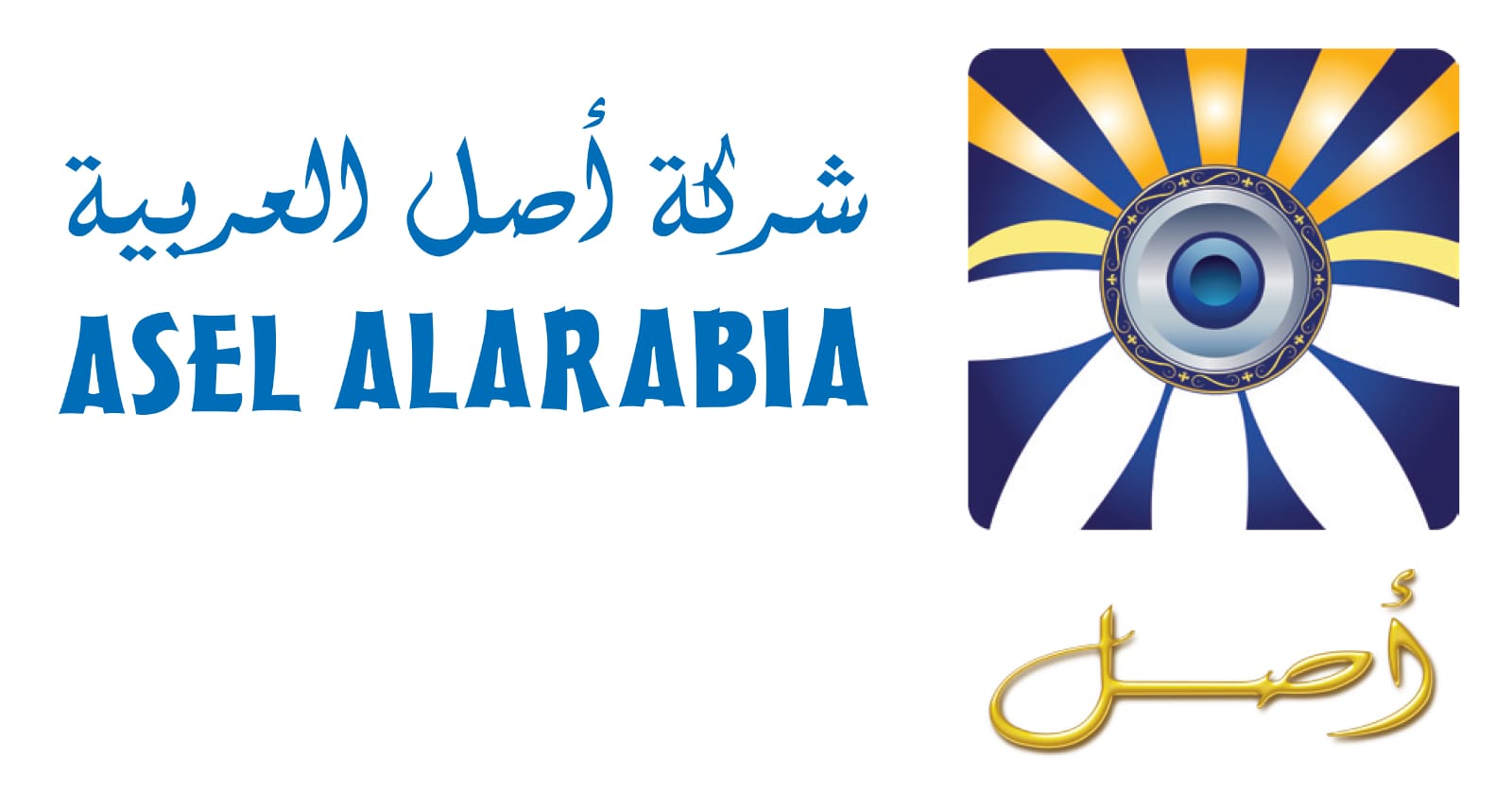
No comment